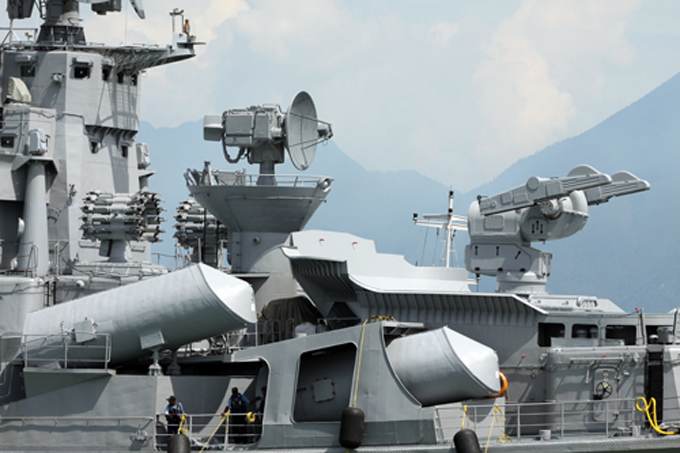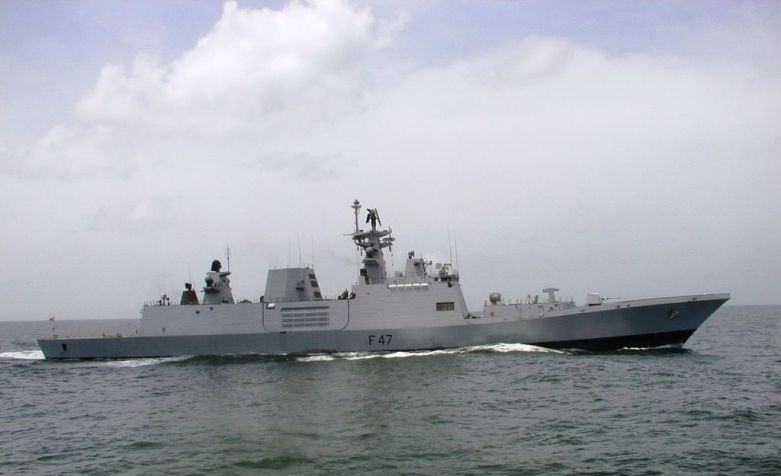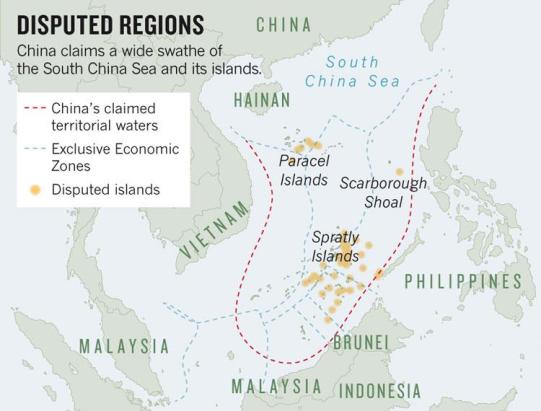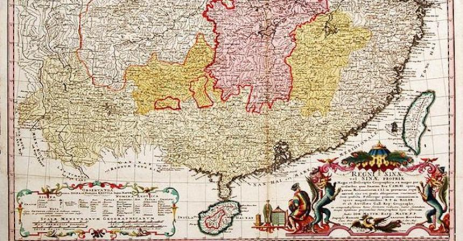That’s how Huawei is pronounced.
As of October 2007, Huawei, China, sought resignation of its 7000 employees and re-hired them on short term contracts, though condemned by Local Govt. in China & Trade Unions.
By Jan 2009, Huawei faced unprecedented problems in the USA as well as Australia, but piggy backed into Australia on Vodafone.
In India BSNL awarded Ericsson with 25 million lines for North Zone, Huawei with 18 million lines for East Zone, and 25 million lines in South Zone. BSNL initially wanted Huawei to be awarded with Western Zone, but then Govt. refused permission. Total contracts were estimated to be around USD 6.5 billion.But BSNL cancelled 20 million line GSM network contract after the conditions imposed by Huawei were unacceptable. Alcatel Lucent was considered to take over the contract.
Later CBI probe revealed at least 6 officers helped this Chinese firm win the contract based on confidential reports of Security Agencies to the PMO. CVC is learnt to have instructed CBI to investigate deeper into the deal. IB & R&AW raised objections giving Huawei 25 million mobile lines. The Contract itself was worth over Rs. 30000 crores for building 93 million line mobile network all over the Country for the BSNL. The Intel Agencies feared Huawei might rig the network [the Coco Island listening posts story in the loop]. By December enough red flags went up all over the Govt. The Security agencies in India became suspicious after learning that Indian employees in Huawei, Bangalore facilities allegedly did not have access to part of R & D building. 2000 Indian engineers and just 30 Chinese Engineers were employed in this R & D facility. Intel agencies took note that Chinese employees were on 1 ½ yr. international assignments to serve as a technical bridge with China. During April 2010, two of five top officials of BSNL were removed from sensitive zones after security agencies submitted a report to the Prime Minister’s Office regarding their doubtful integrity and “dubious” links with these Chinese firms. CBI later pressed charges against top BSNL officials.
After investigations, by May 2010, BSNL, on pressure from the Intel agencies, imposed conditions that Huawei would be allowed to import Chinese made equipment into India, only if pre-certified by the Canada’s Electronic Warfare Associates, US based Infoguard & Israel’s ALTAL Security Consulting.
After these investigations, during March 2012, only ‘The Hindu’ reported Huawei invited Govt. to inspect India offices. But this story was not followed by any credible info that in fact these offices were inspected. It can never be confirmed if this was a planted news with no real intentions of extending such invitation for inspection.
Huawei clients in India includes Airtel, Reliance, BSNL, Uninor, MTNL, Tata, but curiously not Vodafone, which chose ZTE. It tried to establish & gain social legitimacy by introducing something called as Maitree Scholarships, debuted in the field of cricket by becoming principal sponsors of RC B’lore in IPL, etc.
By April 2014, it was confirmed that Huawei had hacked into BSNL networks. An inter-ministerial investigation was ordered into Huawei & ZTE.
IB reported that both Hwawei & ZTE are part of PLAN.
Humint :
Flextronics, an US Tech giant, has its manufacturing facilities at Sriperumpudur, near Chennai, and their warehouse @ Sengadu Village, in Thiruvallur Dist., TN.
The ‘Wa way’ connection works like this from inside.
Huawei put up a board on the premises of Flextronics, Sriperumpudur facility during January 2014. Agitated employees sat on a strike and demanded to know if they are employees of Flextronics or ‘Wa way’.
Components & boards are imported by Wa way, brought down to the factory of Flextronics @ Chennai. They are stripped off their seals and Flextronics seals are put up afresh. Firmware is loaded. Similar activities is said to go on in Flextronics, Chennai Taramani, facilities. Employees became curious since whenever ‘Wa way’ containers land into their facilities, a shroud of secrecy prevails and in all urgency stripping, re-sealing and loading of Firmware are undertaken and the products are sent out of the factory. Never are they allowed to remain within these facilities for more than 3 days.
Why would Wa Way import the products, remove the seals, re-seal as if manufactured by Flextronics & get this back.
If BSNL sought Huawei for pre-certification, how is Huawei permitted to import hardware.
The reverse question is of larger denomination.
Why would Huawei import products that come with its seal, remove them, re-seal with Flextronics & get it back as if manufactured by Flextronics. A simple answer may be ‘in enterprise all this is possible’. Or is there something else to this ?
Why did NBN ban ‘Wa way’ and why did ‘Wa way’ piggy back on Vodafone into Australia ? Did NBN turn a blind eye on this ?
Why after Congressional Investigation was ‘Wa way’ refused permission to operate within USA ?
Why did Huawei hack into BSNL networks ?
What’s the Warangal, Andhra Pradesh, Coco Islands, Myanmar connection…
Counter-intel lack of logic :
BSNL to top it all reported the breach [of hacking its Network] not to the Security establishment of the Country but to >>>>>>>>>>>>>>>>‘Wa way’.
What the heck…….are they novice or are they stupid. The answer to this component of the story lies within the Board of Management of Huawei >>>>>>>>>>>>>>>>>>>>>in India.
After-word : May 14-16, 2014, Prime Minister Modi visited China. About 24 agreements were stated to have been entered. Telecom takeaway was not stated anywhere.
May, 2015, Modi made his second visit to China. China promised to behave maturely. July 2015, Waway got its security clearances and permitted to set up shop in Tamil Nadu for manufacturing Telecom equipment. Telecom equipment is not the same as Mobile phones. No piggy-back ideas anymore.
None to reveal what happened to the security concerns earlier raised by the Intel agencies, including pre-certification.
Hacking into BSNL, what hacking. Warangal, Coco Islands…ho stop writing.
They after all did not retaliate when we pulled down their telecom towers before Winter sets in. Then the borders would become inaccessible for next few months.
It’s business as usual.
On the sidelines, Foxconn, manufacturing iPhones in China, is said to have decided to set up 10 plants in India by 2020 and is likely to manufacture iPhones in India by then.









